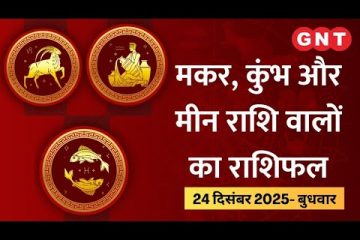Exploring Kolkata Fatafat: The Pulse of the City

Introduction
Kolkata Fatafat, a phrase that encapsulates the essence of the city’s fast-moving lifestyle and cultural vibrancy, has gained significant attention in recent years. It refers to the speedy, often impulsive decisions and actions that characterize daily life in Kolkata. This phenomenon not only reflects the pace at which residents navigate their lives but also showcases the unique cultural nuances that define this iconic city.
The Cultural Significance
The idea of ‘Fatafat’ resonates deeply with Kolkatans, signifying a blend of urgency and spontaneity that affects everything from street food consumption to how residents engage with public transport. In a city known for its artistic heritage and intellectual discourse, Fatafat also embodies the quick-wittedness and adaptability of its people. As societal changes emerge—especially due to the pandemic—this trend continues to evolve, with younger generations embracing it more enthusiastically.
Events and Trends
Recent events have further solidified the relevance of Kolkata Fatafat in contemporary culture. For instance, numerous food festivals and pop-up markets have adopted the concept, showcasing both traditional and modern cuisines in a rapid, yet engaging manner. Social media platforms have become vital in promoting ‘Fatafat’ events, allowing local entrepreneurs and artists to connect with a wider audience almost instantly. These platforms amplify the benefits of quick decision-making and adaptability, with many businesses reporting increased sales and engagement.
Moreover, during the recent Durga Puja festivities, Kolkata’s ‘Fatafat’ spirit was evident, with families swiftly arranging celebrations, shopping for idols, and participating in community events. This adaptability has not only preserved traditions but has also integrated new elements, making the celebrations more dynamic and engaging.
Conclusion
In summary, Kolkata Fatafat is more than just a descriptor of lifestyle; it represents the city’s essence—its culture, energy, and the unyielding spirit of its people. As urban dynamics continue to shift in a post-pandemic world, understanding this cultural phenomenon could provide insights into the evolving nature of Indian metropolitan life. Readers can expect to see Kolkata Fatafat becoming even more significant, influencing various aspects of urban existence, from commerce to creative expressions. This cultural trend is, without a doubt, a testament to the resilience and creativity inherent in Kolkata’s fabric.









